#E Recycling
Explore tagged Tumblr posts
Text
#Electronics Waste Disposal Near Me#Certified e waste Recyclers#ewaste recyclers in mumbai#Ewaste Buyer in Andheri#E-Waste Buyer in Bkc#E Waste Recyclers#Recyclers in Near#IT Asset Recycling#Best buy Ewaste#Waste recyclers#Near Recyclers#E Recycling#Recycling Management Companies#Free Recycle Electronics Near Me#How To Dispose of Electronics#Recycling Center Near Me#Ewaste Recyclers Near Me#Free Recycling Near Me#Ewaste Best recyclers#recyclers in mumbai#E Waste Recycling#Recyclers in Pune#E waste recycler#IT Asset recycler#Best recyclers
1 note
·
View note
Text
"As the world grows “smarter” through the adoption of smartphones, smart fridges, and entire smart houses, the carbon cost of that technology grows, too.
In the last decade, electronic waste has become one of the fastest-growing waste streams in the world.
According to The World Counts, the globe generates about 50 million tons of e-waste every year. That’s the equivalent of 1,000 laptops being trashed every second.
After they’re shipped off to landfills and incinerated, the trash releases toxic chemicals including lead, cadmium, arsenic, mercury, and so much more, which can cause disastrous health effects on the populations that live near those trash sites.
Fortunately, Franziska Kerber — a university student at FH Joanneum in Graz, Austria — has dreamed up a solution that helps carve away at that behemoth problem: electronics made out of recyclable, dissolvable paper.
On September 11, Kerber’s invention “Pape” — or Paper Electronics — earned global recognition when it was named a national winner of the 2024 James Dyson Awards.

When she entered the scientific competition, Kerber demonstrated her invention with the creation of several small electronics made out of paper materials, including a fully-functional WiFi router and smoke detector.
“Small electronic devices are especially prone to ending up in household waste due to unclear disposal systems and their small size, so there is significant potential to develop a more user-friendly end-of-life system,” Kerber wrote on the James Dyson Award website.
“With this in mind, I aimed to move beyond a simple recycling solution to a circular one, ensuring long-term sustainability.”
Kerber’s invention hinges on crafting a dissolvable and recyclable PCB board out of compressed “paper pulp.”
A printed circuit board (PCB) is a board that can be found in nearly all modern electronic devices, like phones, tablets, and smartwatches.
But even companies that have started incorporating a “dissolution” step into the end life of their products require deconstruction to break down and recover the PCB board before it can be recycled.
With Kerber’s PAPE products, users don’t need to take the device apart to recycle it.
“By implementing a user-friendly return option, manufacturers can efficiently dissolve all returned items, potentially reusing electronic components,” Kerber explained.
“Rapidly advancing technology, which forms the core of many devices, becomes obsolete much faster than the structural elements, which are often made from plastics that can last thousands of years,” Kerber poses.
PAPE, Kerber says, has a “designed end-of-life system” which anticipates obsolescence.
“Does anyone want to use a thousand-year-old computer?” Kerber asks. “Of course not. … This ensures a sustainable and reliable system without hindering technological advancement.”"
-via GoodGoodGood, September 13, 2024
#ewaste#e waste#e waste recycling#e waste management#e waste solutions#paper#sustainability#green tech#tech news#sustainable technology#recycling#good news#hope
586 notes
·
View notes
Text
used my sewing machine to darn a hole for the first time ᕙ( •̀ ᗜ •́ )ᕗ
#bookbird babbles#and replaced the pocket extenders that ha e been ripped and useless for like three years lol#i originally put them in using an old pillow case#which. while a good use of recycling was unwise considering i stopped using that pillowcase bc it had holes
20 notes
·
View notes
Text
The Ultimate Guide to Tech Recycling and E-Waste Management
In today’s fast-paced digital age, technology is advancing at an astonishing rate. While this means we constantly upgrade our devices to stay current, it also leads to a growing issue: e-waste. Old gadgets, smartphones, and other electronics often end up in landfills, contributing to environmental degradation. Tech recycling and e-waste management have become critical in minimizing the harmful…
#certified e-waste recyclers#e-waste disposal tips#e-waste management#sustainable tech#tech recycling
18 notes
·
View notes
Text


What being loved and nurtured does to a mfer
#the locked tomb#harrowhark nonagesimus#nona tlt#nona the ninth#realized I recycled the pose for Nona now it looks like a transfem transition before and after e#mine
78 notes
·
View notes
Text




Made a new poster!
I've been getting back into Formula E this season and was feeling super inspired by the nature and environmentalism aspect of the series. Everything but the base layer is handmade recycled paper that I spent about a week on. I'm thinking of getting some prints made (on recycled paper to keep the theme) so let me know if anyone would be interested in that!
Process pictures under the cut

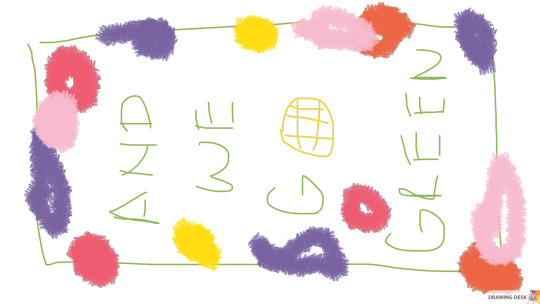
This is the original sketch and planning document I had. Clearly ended up being a lot fewer flowers than I intended on making, but I tried to still spread out where the flower inspiration came from so they're not all just European national flowers.

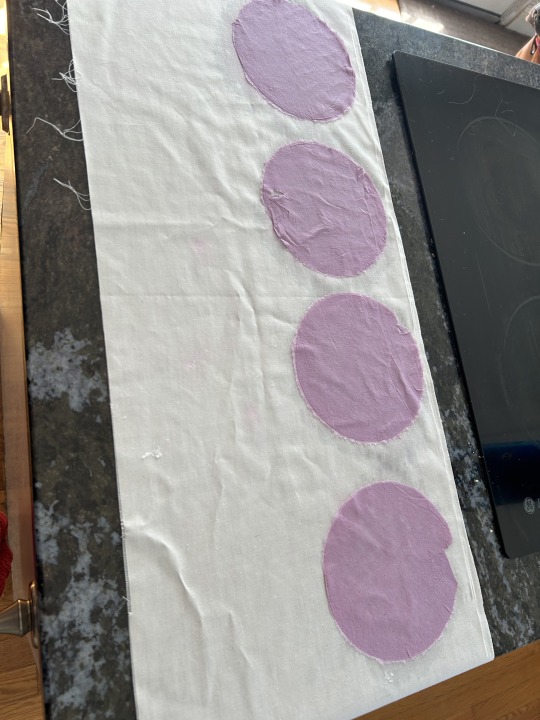
I made my own paper for the first time for this which was very much a trial and error process and I have a TON of leftover paper I'll be using for other projects soon.
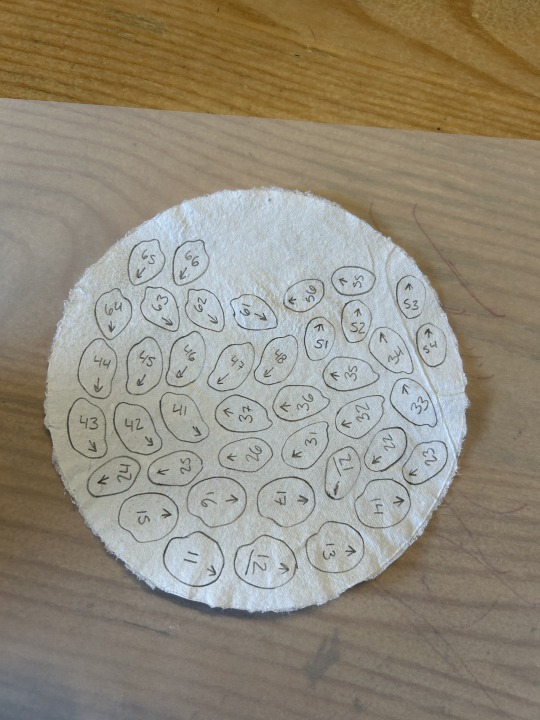
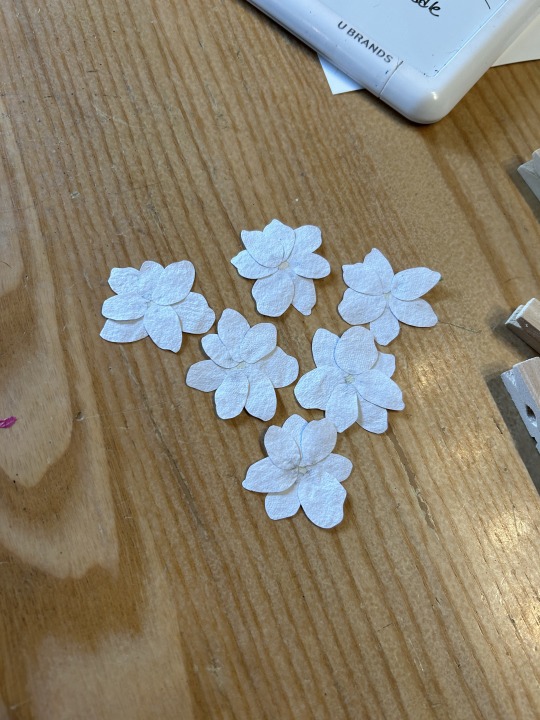
Here's a few more miscellaneous pictures to show how I made some of the smaller flowers and how I tried to make each flower unique.
66 notes
·
View notes
Text

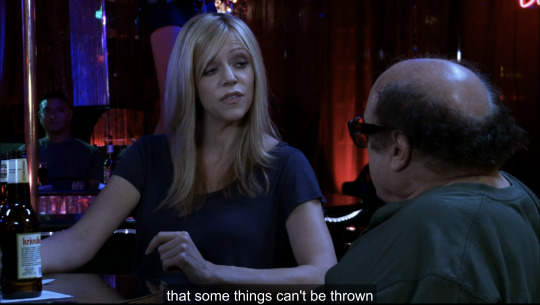

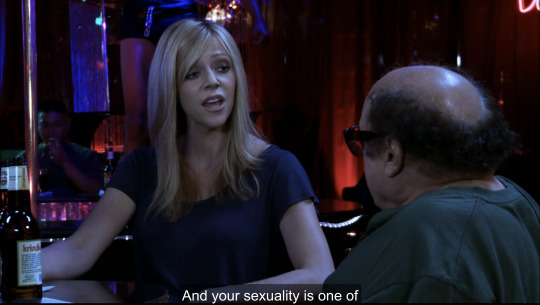
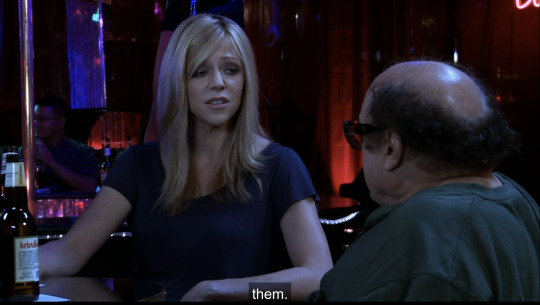


me talking abt th high school -> current deetress timeline
#'huh. wow you are very forgettable.' denial or alcohol abuse? u decide. (im sure theres a great deal of switching back nd forth)#deetress#dee reynolds#iasip#shitpost#screencap#bro these cc suck SO HARD but netflix took down this episode lmfao 😭😭😭 not evn th vpn cd save me#n e way i lov th thought of dee actively obliterating or rejecting every memory of th waitress from hs cuz it was Too Much#the gang recycles their trash#burn these clothes
59 notes
·
View notes
Text



The next One Piece thing I have planned is going to take a while so have some rare low effort snooc in the meantime
#sonic the hedgehog#silver the hedgehog#shadow the hedgehog#e 123 omega#sonmega#I'm gonna regret posting this aren't I#recycle bin
8 notes
·
View notes
Text
OKAY so that's what we have for Ola as of right now
[ID: A colored sketch of a boy with dark warm skin, a nose piercing and a colorful head covering styled like a hijab amira, but showing his hair and neck a bit. Its fabric is bright yellow with orange, red and blue patterns. He also wears a golden necklace. /end ID.]

I didn't want it to look like an actual hijabi so I made it show a bit of his neck and hair so it hopefully it isn't technically one
I am debating changing it completely so we don't mistake it but the problem is that I am completely in love with this sillouette so T_T
(Also im not sure if his clothes show his chest or what there's still a long way to go)
#im happy with his colors however#his skin tone was going to be a bit lighter but the values were too close to the yellow on his uh headwrap?#so i darkened it up a bit for contrast and now its better#its very vibrant and im planning on recycling this same color scheme with some variation in proportion for the other characters in the—#—main cast#ola oc#my doodles#described#also uh im open for feedback if anyone here actually wears hijab and has some cents to give#here we go again with yet one more problem#H E L P
12 notes
·
View notes
Text
This purple and white with embroidery gown is worn on Elva Mai Hoover as Mrs. Lawson in Road to Avonlea: Heirs and Graces (1993) and years later the dress is worn in Murdoch Mysteries three times, First worn on Krista Bridges as Madame Ettie Weston in The Green Muse (2009) and worn on Stephanie Langton as Rowena Beaton in The Curse of Beaton Manor (2010) and worn on Jill Frappier as Mrs. Xavier McAllister in Evil Eye of Egypt (2012) and years later is worn on an old lady in Anne with an E (2017-2019)
Credit: geese-in-a-frock-coat, recycledmoviecostumes





#recycled costumes#road to avonlea#Elva Mai Hoover#murdoch mysteries#Krista Bridges#Stephanie Langton#Jill Frappier#anne with an e#costume drama#period drama#reused costume#reused costumes#perioddramasource#dramasource
11 notes
·
View notes
Text
E-Waste 101

(Image by Morten B.)
E-waste, simply put, is short for electronic waste. The U.S. EPA synonymies e-waste with "e-scrap" and "end-of-life electronics" as well. Typical examples of e-waste include computers, electrical equipment, phones, and headphones.
But why the separate title? Why can't e-waste just be labeled as regular waste? Well, because most electronics have two unique attributions: being very bad for the environment, and being incredibly hard to recycle. This is exactly what the Oxford Dictionary details about e-waste, including in the definition, "typically containing environmentally hazardous substances and requiring special treatment for safe disposal or recycling."
These attributions are the cause for a very important questions: what does e-waste actually do to the environment? As described by the U.S. Public Interest Research Group, about 6.9 million tons of e-waste is generated in just the U.S., and if not recycled properly, will lead to hazardous materials such as battery acid, lead, and mercury leaching into local soil and groundwater.
Unfortunately, talking about how electronics are recycled is heavily complicated and heavily boring. However, I can surely talk about how little e-waste is actually recycled. According to the WHO (not the band), less than a quarter of e-waste was properly documented and recycled globally. A QUARTER... GLOBALLY. It doesn't necessarily matter how e-waste is recycled if it ain't being recycled in the first place.
Now that the problem is properly in context, it's time to consider one of the biggest contributors to e-waste, one that will shape future research and put a spotlight on big tech companies. That contributor is a little concept called planned obsolescence.
Planned obsolescence, as described by Wendy Hamblet in the Salem Press Encyclopedia of Science, is designing and building a product in a way that ensures the owner seeks to replace it after a certain amount of time. This concept applies to all products, but lately the term is most associated with electronic devices.
Given the definition has an implicit incentive structure to make a product last for less time in order to sell more products, it's no shock that this concept can be seen in most big technology companies who sell highly valuable (expensive) devices. The biggest offenders are companies that make a new product every single year (cars, phones, computers), subsequently arbitrarily removing support for an older product (just look at Apple for an example).
As stated previously, planned obsolescence will be a major focal point when analyzing tech companies, comparing what they say about being environmentally friendly, versus what they actually do with their products and advertising.
6 notes
·
View notes
Text
"Scientists have developed a way to dramatically reduce the cost of recycling certain electronic waste by using whey protein.
Their method allows for the easy recovery of gold from circuit boards at a cost of energy and materials amounting to 50 times less than the price of the gold they recover—these are the numbers that big business likes to see.
Indeed, the potential for scalability depends on this sort of cost savings, something traditional e-waste recycling methods just can’t achieve.
Professor Raffaele Mezzenga from ETH Zurich has found that whey protein, a byproduct of dairy manufacturing, can be used to make sponges that attract trace amounts of ionized gold.
Electronic waste contains a variety of valuable metals, including copper, cobalt, and gold. Despite gold’s public persona as being either money or jewelry, thousands of ounces of gold are used in electronics every year for its exceptional conductive properties.
Mezzenga’s colleague Mohammad Peydayesh first “denatured whey proteins under acidic conditions and high temperatures, so that they aggregated into protein nanofibrils in a gel,” writes the ETH Zurich press. “The scientists then dried the gel, creating a sponge out of these protein fibrils.”
The next step was extracting the gold: done by tossing 20 salvaged motherboards into an acid bath until the metals had dissolved into ionized compounds that the sponge began attracting.
Removing the sponge, a heat treatment caused the gold ions to aggregate into 22-carat gold flakes which could be easily removed.
“The fact I love the most is that we’re using a food industry byproduct to obtain gold from electronic waste,” Mezzenga says. In a very real sense, he observes, the method transforms two waste products into gold. “You can’t get much more sustainable than that!” ...
However the real dollar value comes from the bottom line—which was 50 times more than the cost of energy and source materials. Because of this, the scientists have every intention of bringing the technology to the market as quickly as possible while also desiring to see if the protein fibril sponge can be made of other food waste byproducts.
E-waste is a quickly growing burden in global landfills, and recycling it requires extremely energy-intensive machinery that many recycling facilities do not possess.
The environmental value of the minerals contained within most e-waste comes not only from preventing the hundreds of years it takes for them to break down in the soil, but also from the reduction in demand from new mining operations which can, though not always, significantly degrade the environments they are located in.
[Note: Absolutely massive understatement, mining is incredibly destructive to ecosystems. Mining is also incredibly toxic to human health and a major cause of conflict, displacement, and slavery globally.]
Other countries are trying to incentivize the recycling of e-waste, and are using gold to do so. In 2022, GNN reported that the British Royal Mint launched an electronically traded fund (ETF) with each share representing the value of gold recovered from e-waste as a way for investors to diversify into gold in a way that doesn’t support environmentally damaging mining.
The breakthrough is reminiscent of that old fairy tale of Rumpelstiltskin who can spin straw into gold. All that these modern-day, real-life alchemists are doing differently is using dairy and circuit boards rather than straw."
-via Good News Network, July 19, 2024
#ewaste#waste disposal#recycling#environment#e waste#e waste recycling#electronics#gold#mining#gold mining#wheyprotein#whey#chemistry#alchemy#good news#hope
497 notes
·
View notes
Text
I need my F/O's reactions to me waking up at 3 in the morning (the witching hour) and just giggling kinda hysterically in the dark in bed next to them because I had a funny dream because that just happened XD
#basically i beat up an intruder with a recyclable bottle of water so bad he had to h o b b l e away from me.#doesnt sound especially funny but remember i'm still half asleep as i write this.#and well i guess you just had to see it. too.#okay back to sleep now#morning after edit: uhhhh yes. that dream does sound as psychotic as i thought it might.#does it help that it was loony tune-style and thats why it was so funny?#i'm not crazy i swear
18 notes
·
View notes
Text

Necklace by Jeweler, Oushaba, Which Fuses Recycled E-Waste With Precious Gemstones
Photo Courtesy: Oushaba
Source: wwd.com
#oushaba#unique jewelry#e-waste#e waste recycling#precious gems#sustainability#sustainable jewelry#recycling#contemporary high jewelry#contemporary art#high jewelry#luxury jewelry#fine jewelry#fine jewellery pieces#gemville
37 notes
·
View notes
Text
I found a place to recycle my old cords
Use this link to give me rewards when you use Trashie to recycle your e waste http://h3.sml360.com/-/57qmn
#sustainability#waste reduction#waste recycling#harm reduction#save the earth#e waste recycling#recycling#reduce reuse recycle#sustainable#recycle#eco friendly#reduce waste#fast fashion#electronic waste#degrowth#anti capitalism#anarchopunk#punk#punks recycle#anarchism#the world is in shambles#the only way out is through#fuck corporate america#private companies#small business#local production#support local#recycle your shit#zero waste
2 notes
·
View notes